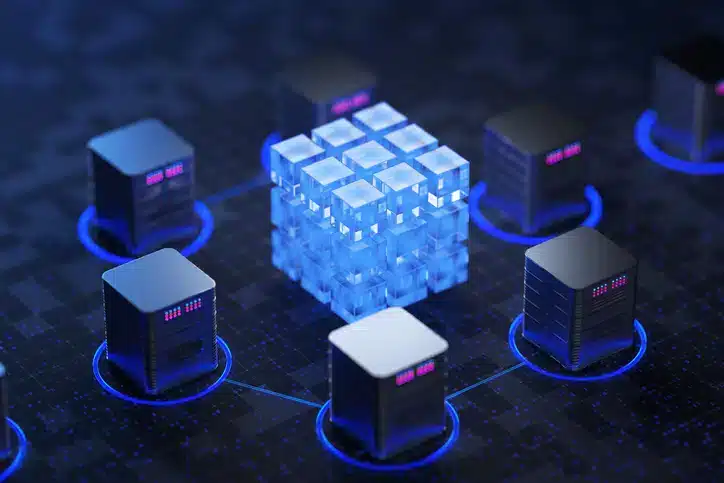How to Optimize Data in Any Environment
Actian Corporation
February 15, 2024

New demands, supply chain complexity, truly understanding customers, and other challenges have upended the traditional business landscape and forced organizations to rethink their strategies and how they’re using data. Organizations that are truly data-driven have opportunities to gain new market share and grow their competitive advantage with proper data management. Those that don’t will continue to struggle—and in a worst-case scenario, may not be able to keep their doors open.
Data Management is Needed to Drive and Support Use Cases
As organizations face the threat of a recession, geopolitical instability, concerns about inflation, and uncertainty about the economy, they look to data for answers. Data has emerged as a critical asset for any organization striving to intelligently grow their business, avoid costly problems, and position themselves for the future.
As explained in the webinar “Using Data in a Downturn: Building Business Resiliency with Analytics,” successful organizations optimize their data to be proactive in changing markets. The webinar, featuring William McKnight from McKnight Consulting Group, notes that data is needed for a vast range of business uses, such as:
- Gaining a competitive advantage.
- Increasing market share.
- Developing new products and services.
- Entering new markets.
- Increasing brand recognition and customer loyalty.
- Improving efficiency.
- Enhancing customer service.
- Developing new technologies.
McKnight says that when it comes to prioritizing data efforts, you should focus on projects that are easy to do with your current technology set and skill set, those that align with your business priorities, and ones that offer a high return on investment (ROI).
Justifying Data and Analytics Projects During a Downturn
The webinar explains why data and analytics projects are needed during an economic downturn. “Trusted knowledge of an accurate future is undoubtedly the most useful knowledge to have,” McKnight points out. Data and analytics predict that future, giving you the ability to position your company for what’s ahead.
Economic conditions and industry trends can change quickly, which means you need trustworthy data to inform the analytics. When this happens, you can uncover emerging opportunities such as products or features your customers will want or identify areas of risk with enough time to take action.
McKnight explains in the webinar that a higher degree of accuracy in determining your future can have a significant impact on your bottom line. “If you know what’s going to happen, you can either like it and leave it, or you can say, ‘I don’t like that, and here’s what I need to do to tune it,’ and that’s the essence of analytics,” he says.
Applying Data Management and Customer Analytics to Achieve High-Value Results
Not surprisingly, the more data you make available for analytics, the more precise your analytics will be. As the webinar explains, artificial intelligence (AI) can help with insights. AI enhances analytics, provided the AI has the robust and quality data sets needed to deliver accurate and actionable results. The right approach to data and analytics can help you determine the next best step you can take for your business.
You can also use the insights to drive business value, such as creating loyal customers and repeat buyers, and proactively adjusting your supply chain to stay ahead of changing conditions. McKnight says in the webinar that leading companies are using data management and customer analytics to drive ROI in a myriad of ways, such as optimizing:
- Product placement in stores.
- Product recommendations.
- Content recommendations.
- Product design and offerings.
- Menu items in restaurants.
All of these efforts increase sales. Likewise, using data and analytics can drive results across the supply chain. For example, you can use data to optimize inventory and ensure fast delivery times, or incorporate real-time data on customer demand, inventory levels, and transportation logistics to have products when and where they’re needed. Similarly, you can take a data-driven approach to demand forecasting, then optimize product distribution, and improve visibility across the entire supplier network.
Data Best Practices Hold True in Soft Economies
Using data to drive the business and inform decision-making is essential in any economy. During an economic downturn, you may need to shift priorities and decide what projects and initiatives to pursue, and which to pause or discontinue.
To help with these decisions, you can use your data foundation, follow data management best practices, continue to use data virtualization, and ensure you have the ability to access accurate data in real time. A modern data platform is also needed to integrate and leverage all your data.
The Actian Data Platform offers integration as a service, makes data easy to use, gives users confidence in their data, improves data quality, and more. The platform empowers you to go from data source to decision with confidence. You have the ability to better utilize data in an economic downturn, or any other market conditions.
Subscribe to the Actian Blog
Subscribe to Actian’s blog to get data insights delivered right to you.
- Stay in the know – Get the latest in data analytics pushed directly to your inbox.
- Never miss a post – You’ll receive automatic email updates to let you know when new posts are live.
- It’s all up to you – Change your delivery preferences to suit your needs.
Subscribe
(i.e. sales@..., support@...)











